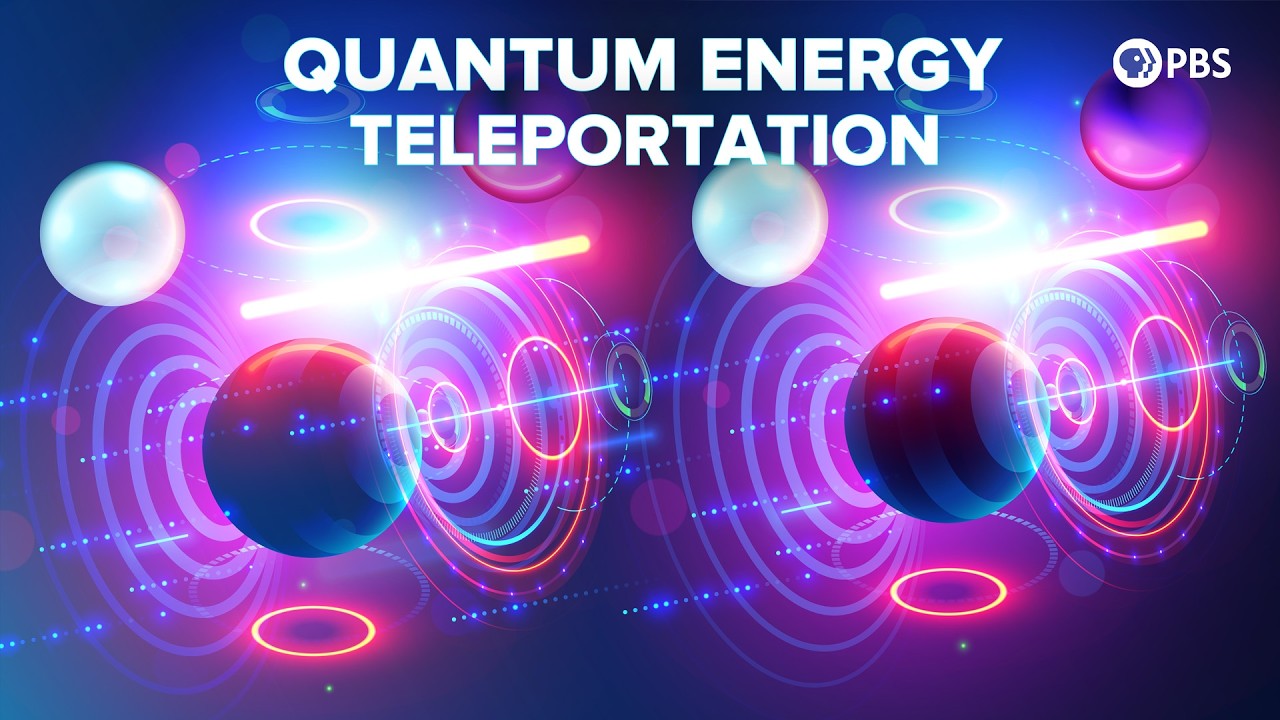The video explains that Quantum Energy Teleportation (QET) is a real process that allows the transfer of energy between distant points through quantum entanglement in the vacuum, without energy physically passing through space, and recent experiments have demonstrated its feasibility on small scales. It also highlights the potential implications of QET for generating negative energy densities and advancing our understanding of quantum physics and spacetime, although practical applications like faster-than-light travel remain unlikely.
The video explores the fascinating concept of Quantum Energy Teleportation (QET), a process that allows the transfer of real energy between distant points without the energy passing through the intervening space. It clarifies that while space vacuum energy cannot be directly harvested for practical use like starship engines or warp drives, QET demonstrates that energy can be moved through the quantum vacuum by exploiting quantum entanglement. The video emphasizes that this process does not violate the laws of physics, such as energy conservation or relativity, because classical communication is still required to coordinate the energy transfer.
To understand QET, the video introduces key quantum concepts such as entanglement, quantum teleportation, and the nature of the quantum vacuum. It describes how entangled particles, like Bell pairs, exhibit correlations that are stronger than classical physics would allow, even when separated by large distances. The process of quantum teleportation involves measuring one particle and transmitting the result via classical channels, enabling the transfer of quantum states without physically moving the particles. This foundation sets the stage for understanding how energy can be similarly teleported using the entanglement present in the vacuum itself.
The video then explains how the quantum vacuum is not empty but filled with fluctuating quantum fields, which are correlated across space due to entanglement. These fluctuations, known as vacuum fluctuations, can be harnessed through a process called entanglement harvesting. By measuring the vacuum at different locations, scientists can extract entanglement and potentially use it to transfer energy remotely. The protocol for QET involves making measurements on entangled qubits or vacuum regions, then using classical communication to enable the recipient to extract energy from the vacuum, effectively teleporting energy without the particles traveling between the points.
Recent experiments have demonstrated the feasibility of QET in laboratory settings. In 2022, physicists used entangled nuclear spins in molecules to show energy could be deposited and extracted between entangled qubits faster than natural energy transfer would occur. This was followed by a 2023 experiment using IBM’s superconducting quantum computer, confirming that QET can work with realistic quantum systems. Although the amount of energy transferred is very small and limited in range, these experiments open possibilities for applications in quantum computing and nanotechnology, as well as providing insights into the fundamental nature of the quantum vacuum.
Finally, the video discusses the broader implications of QET, particularly its potential to generate negative energy densities, which are crucial for theoretical constructs like wormholes and warp drives in general relativity. Unlike the Casimir effect, which requires physical plates to produce negative energy, QET could remotely generate negative energy densities, allowing scientists to study their effects on spacetime curvature. While it is unlikely to enable faster-than-light travel or time travel, QET offers a new perspective on the deep connection between quantum entanglement, vacuum energy, and the fabric of spacetime, potentially advancing our understanding of the universe’s fundamental structure.
